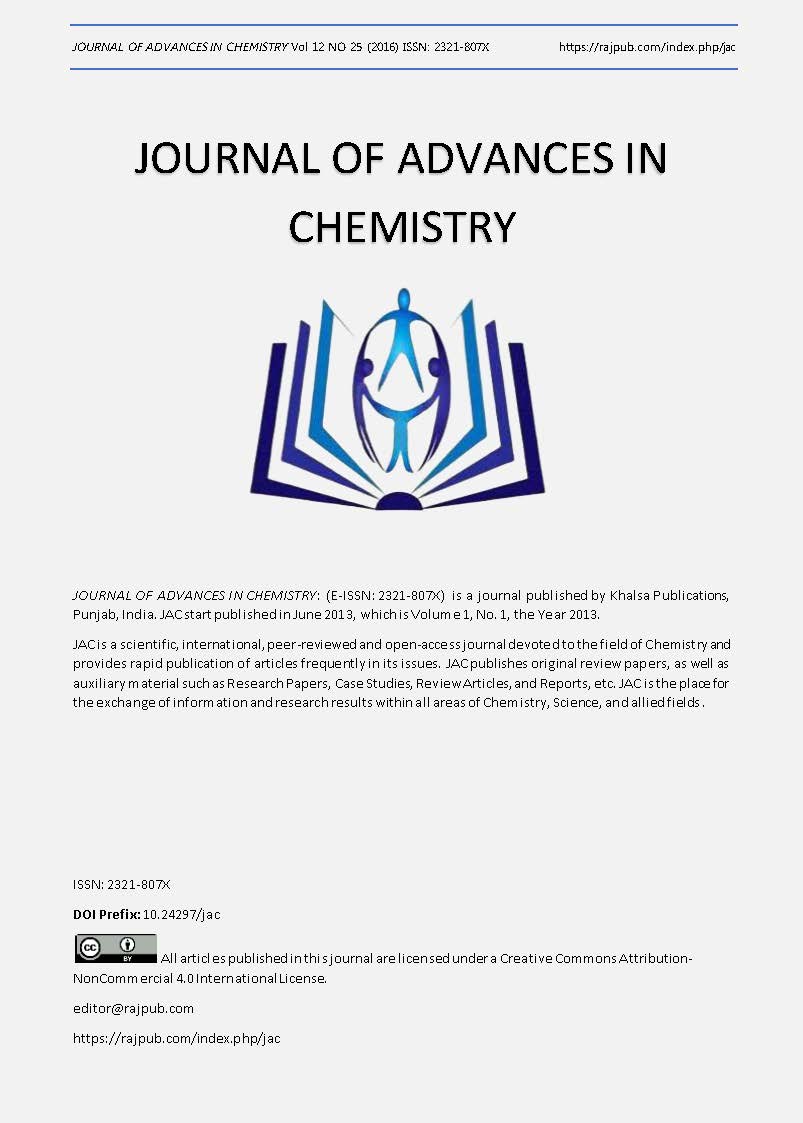ANN MODELLING OF SMALL HOLE DRILLING ON MONEL METAL BY USING ELECTRICAL DISCHARGE MACHINING
DOI:
https://doi.org/10.24297/jac.v12i25.1841Keywords:
Drilling, Electrical Discharge Machining, Artificial Neural Network and Response Surface Methodology.Abstract
The selection of best combination of the process parameters in small hole drilling by Electrical Discharge Machining for an optimum material removal rate with a reduced tool wear rate can reduce machining time and yield better performances. Artificial Neural Network (ANN) has emerged as a powerful tool for modelling complex processes is used for achieving better performance parameter. Artificial Neural Network (ANN) with back propagation algorithm have been used for optimizing and modelling process. The experiments have been designed according to Taguchi L9 orthogonal array. The input parameters were considered for conducting experimentation are namely Discharge Current, Pulse off time and Pulse on time respectively. The performance measures were Material Removal Rate (MRR) and Tool Wear Rate (TWR). ANN models have been developed with varying number of neurons in the hidden layer from 5 to 10. It was found that one hidden layer with 9 neurons predicted the best results. The predicted values were compared with actual experimental results and the predicted values were almost equal to the expected with very less error.Â
Downloads
References
2. U. Maradia, M. Boccadoro, J. Stirnimann, I. Beltrami, F. Kuster, and K. Wegener, "Die-sink EDM in meso-micro machining," Procedia CIRP, vol. 1, pp. 166-171, 2012.
3. Masuzawa, Takahisa. "State of the art of micromachining." CIRP Annals- Manufacturing Technology 49.2 (2000): 473-488.
4. Kaminski, Paulo Carlos, and Marcelo Neublum Capuano. "Micro hole machining by conventional penetration electrical discharge machine." International Journal of Machine Tools and Manufacture 43.11 (2003): 1143-1149.
5. D’Urso, G., and C. Merla. "Workpiece and electrode influence on micro-EDM drilling performance." Precision Engineering 38.4 (2014): 903-914.
6. Shajan, M., Kamal .M, and Shunmugam M.S. "Data Mining applied to Wire-EDM process." J. Mater. Process. Technol 142.1 (2003): 182-189.
7. Sarkar, S., Mitra .S, and Bhattacharyya. B , "Parametric optimisation of wire electrical discharge machining of γ titanium aluminide alloy through an artificial neural network model." The International Journal of Advanced Manufacturing Technology 27.5-6 (2006): 501-508.
8. Esme, u., sagbas.a , and kahraman. F. "Prediction of surface roughness in wire electrical discharge machining using design of experiments and neural networks." Iranian Journal of Science and Technology 33.b3 (2009): 1.
9. Dhar, Sushant,. "Mathematical modeling of electric discharge machining of cast Al–4Cu–6Si alloy–10wt.% SiC P composites." Journal of materials processing technology 194.1 (2007): 24-29.
10. Erzurumlu and H. Oktem, “Comparison of response surface model with neural network in determining the surface quality of moulded parts,†Materials and Design, vol. 28, no. 2, pp. 459–465, 2007.
11. Dutta, Parikshit, and Dilip Kumar Pratihar. "Modeling of TIG welding process using conventional regression analysis and neural network-based approaches." Journal of Materials Processing Technology 184.1 (2007): 56-68.
12. Tsao, C. C., and Hocheng .H , "Effects of peripheral drilling moment on delamination using special drill bits." journal of materials processing technology 201.1 (2008): 471-476.
13. Saha, Probir, et al. "Soft computing models based prediction of cutting speed and surface roughness in wire electro-discharge machining of tungsten carbide cobalt composite." The International Journal of Advanced Manufacturing Technology 39.1 (2008): 74-84.
14. Shoemaker L.E. and Smith . G. D, "A century of monel metal: 1906–2006," JOM, vol. 58, pp. 22-26, 2006.
15. Kalaimathi .M, Venkatachalam .G, and Sivakumar .M, "Experimental Investigations on the Electrochemical Machining Characteristics of Monel 400 Alloys and Optimization of Process Parameters," Jordan Journal of Mechanical & Industrial Engineering, vol. 8, 2014.
16. Kuppan .P, Rajadurai .A, and Narayanan .S, "Influence of EDM process parameters in deep hole drilling of Inconel 718," The International Journal of Advanced Manufacturing Technology, vol. 38, pp. 74-84, 2008.
17. Liu. H.-S, Yan. B.-H, Huang .F.-Y, and Qiu . K.-H, "A study on the characterization of high nickel alloy micro-holes using micro-EDM and their applications," Journal of Materials Processing Technology, vol. 169, pp. 418-426, 2005.
18. Ayesta. I, Izquierdo.B , Sánchez . J, Ramos. J, Plaza. S, Pombo .I , et al., "Influence of EDM parameters on slot machining in C1023 aeronautical alloy," Procedia CIRP, vol. 6, pp. 129-134, 2013.
19. P. J. Ross, "Taguchi techniques for quality engineering: loss function, orthogonal experiments, parameter and tolerance design," 1988.
20. Montgomery, Douglas C., and Raymond H. Myers. "Response surface methodology: process and product optimization using designed experiments." Raymond H. Meyers and Douglas C. Montgomery. A Wiley-Interscience Publications (1995).
Downloads
Published
How to Cite
Issue
Section
License
 All articles published in Journal of Advances in Linguistics are licensed under a Creative Commons Attribution 4.0 International License.
All articles published in Journal of Advances in Linguistics are licensed under a Creative Commons Attribution 4.0 International License.




